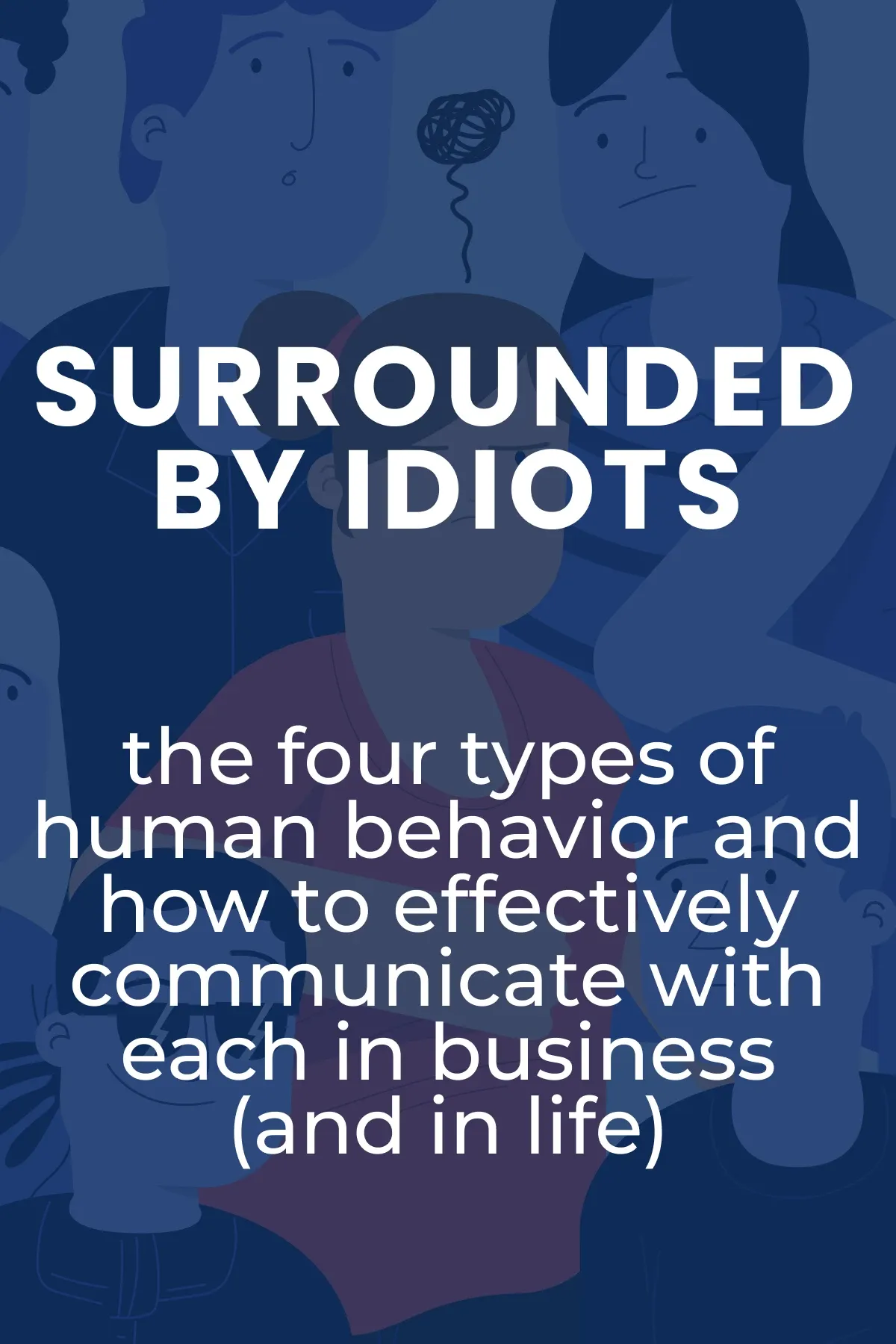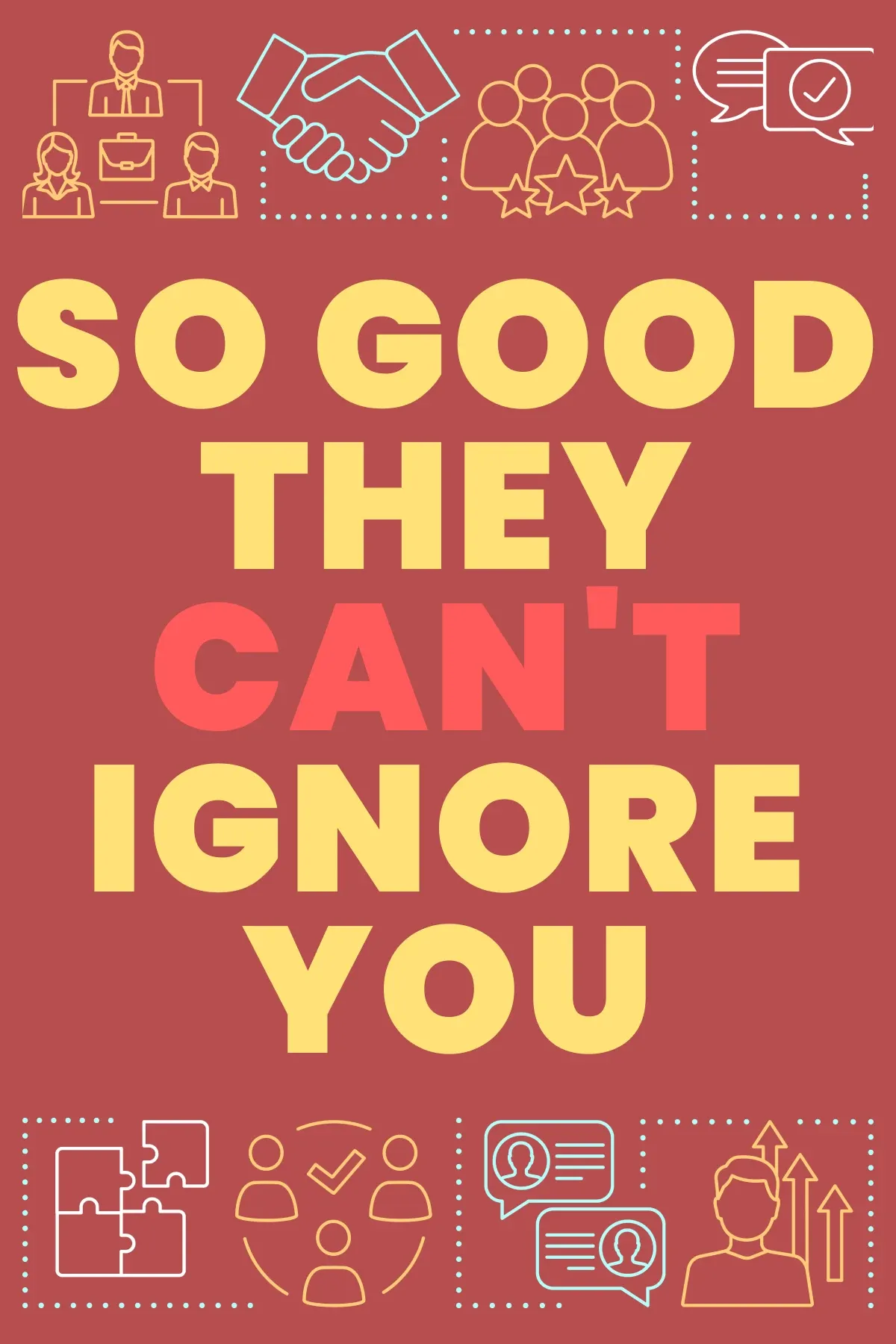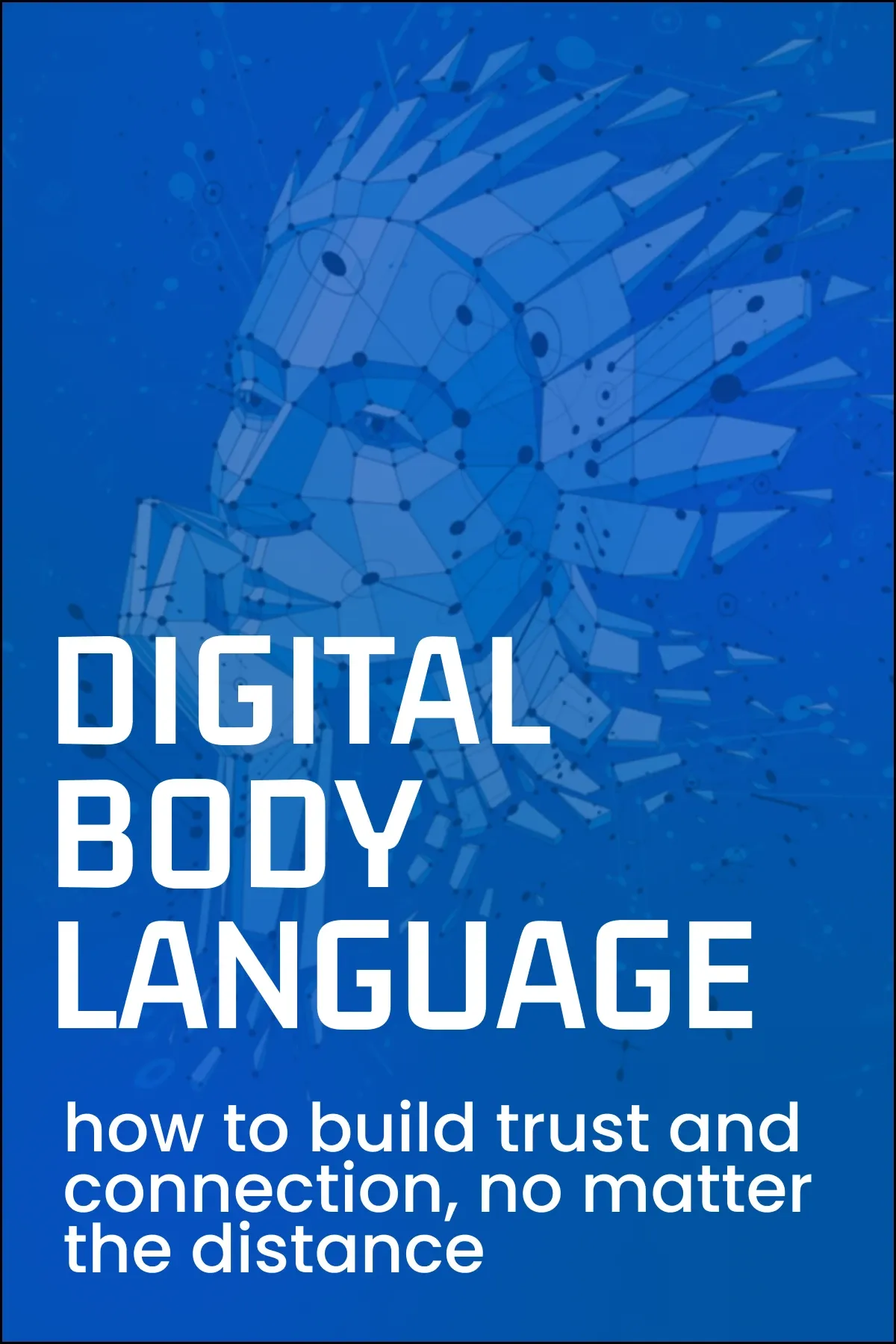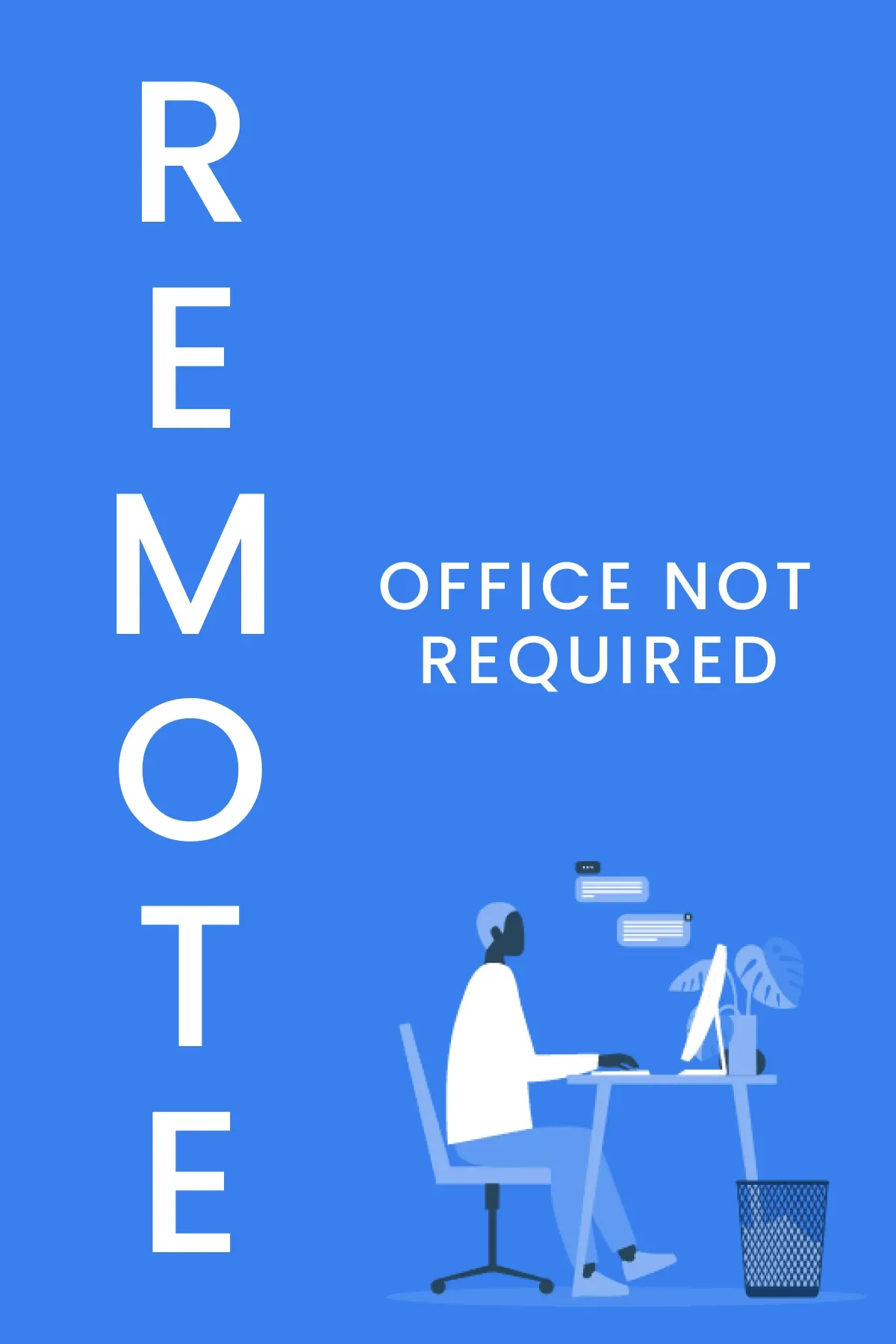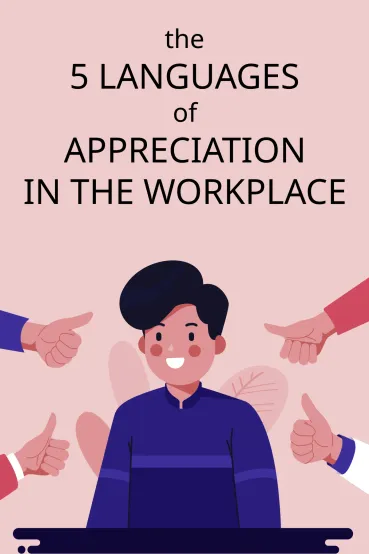
The 5 Languages of Appreciation in the Workplace
Brief Summary
Have you ever wondered how gratitude can change the atmosphere in the workplace? In the book “The 5 Languages of Appreciation in the Workplace,” Gary Chapman and Paul White explore how simple recognition can boost productivity. Read on to find out how implementing small steps into your daily routine can help create a favorable atmosphere for productive work and lead you to professional success.
Key points
Key idea 1 of 7
The constant flux in the work environment needs new ways to create a productive atmosphere. Let’s start with the concept of *The 5 Languages of Appreciation in the Workplace*, which is especially relevant here. Initially, it was aimed at training managers to effectively express appreciation to their employees, as the overall atmosphere in the workplace is highly dependent on the behavior of managers.
However, this was a problem with traditional recognition programs: they focused too much on managers, which burdened them more and led to employees not always feeling supported. However, when gratitude and recognition became commonplace among colleagues, it brought significant benefits like a healthy work environment and productive collaboration.
For younger generations, such as millennials and Generation Z, teamwork is prioritized over individual achievement. For them, traditional interaction with management is less important than good relationships with colleagues. This approach, as many studies have shown, contributes to higher levels of happiness in the team because colleagues understand each other better. This, in turn, helps to build trust and responsibility within the team.
Colleagues are united by daily challenges, which makes it possible to quickly recognize when someone needs support. In contrast, isolated work environments often hinder mutual understanding. Sometimes, a simple “thank you” from a colleague for completing a task promptly can have a greater effect than an official award from a manager.
However, managers still play a key role. Leaders need to model appreciation, foster encouragement, and provide training that promotes mutual support, and the organization’s productivity will steadily increase. There are different ways to show appreciation in the workplace: acts of service, quality time, gifts, words of affirmation, and even physical touch. Curious to dive deeper into them? Keep reading!
You may also like these summaries



